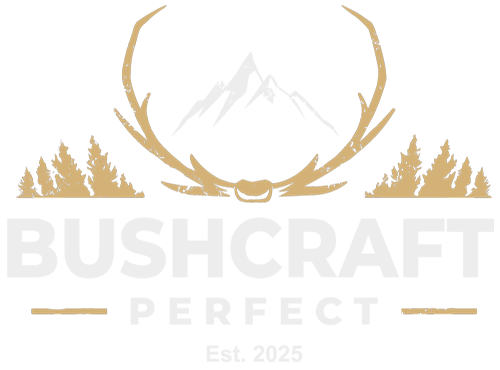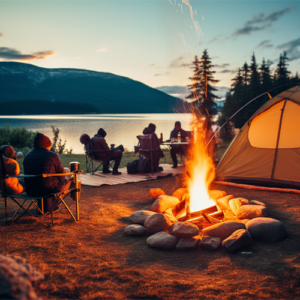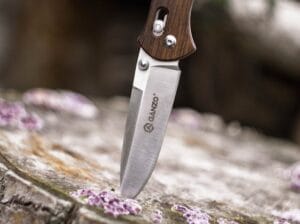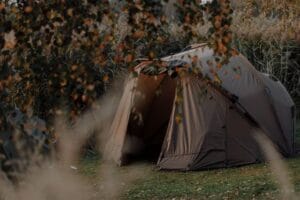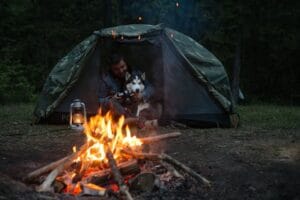Creating the Ultimate Bushcraft Fire Kit
A bushcraft fire kit is one of the most reliable tools you can carry when venturing into the wilderness. With the right components, you’ll be able to start a fire under almost any conditions, providing warmth, cooking, and safety in survival situations.
Let’s dive into what makes an effective fire kit, how to use it, and why practice is crucial.
What is a Bushcraft Fire Kit?
A bushcraft fire kit is a small, portable collection of fire-starting tools and materials that ensure you can build a fire in any environment. Whether you’re facing rain, wind, or snow, the goal is to have a versatile set of resources that can ignite even in challenging conditions.
Unlike modern survival kits that might rely on disposable lighters or fuel, a bushcraft fire kit focuses on traditional, durable tools that are reusable and long-lasting. This means you’re carrying materials that are not only compact and lightweight but also effective in nearly any outdoor setting.
A fire kit typically includes two main components: fire-starting tools (the items you use to create sparks or flames) and tinder (the material that will catch the flame). Together, these allow you to quickly build a fire to meet your survival needs.
Essential Fire-Starting Tools
The success of your fire kit depends heavily on the fire-starting tools you choose. I recommend having at least two methods in your kit, as redundancy is key to survival. Each tool has unique advantages, so a combination ensures you’re prepared for different circumstances.
Here are the most reliable tools you should consider:
Ferrocerium rod (ferro rod): This is a must-have in any fire kit. A ferro rod produces thousands of hot sparks when scraped with steel or a sharp edge, and it works in all weather conditions, including rain and snow. Unlike matches or lighters, it doesn’t rely on fuel and is virtually indestructible.
Flint and steel: This traditional method uses a piece of high-carbon steel and a hard stone like flint to create sparks. It requires more skill and patience than a ferro rod, but it’s a reliable backup. I always carry flint and steel because they work well in both wet and dry conditions.
Butane lighter: While not as traditional, a simple butane lighter is an excellent addition to any fire kit for its ease of use. It’s great for quick fires in calm weather, but it’s less reliable when it’s wet or windy. Keep a lighter in your kit, but don’t depend on it alone.
Waterproof matches: These are another quick solution for fire-starting. They work well in emergencies when you need an immediate flame. You can buy waterproof matches or make your own by dipping regular matches in wax to protect them from moisture.
Best Natural and Man-Made Tinder
While the tools in your fire kit will provide the spark, tinder is what actually ignites and starts your fire. Without reliable tinder, even the best tools are useless. I always carry both man-made and natural tinder options in my fire kit, as they burn differently and serve various purposes.
Man-Made Tinder
Man-made tinder is dependable because it lights quickly and burns for a long time. Here are some options to pack:
Cotton balls soaked in petroleum jelly: This is one of the most effective and easy-to-make tinders. Cotton catches sparks easily, and the petroleum jelly allows it to burn for several minutes.
Char cloth: Char cloth is made by heating natural fabric (like cotton or linen) in an airless environment. It catches even the smallest spark and smolders slowly, giving you time to transfer it to other tinder. It’s compact and fits neatly into any kit.
Commercial fire starters: These can include wax-based cubes, tinder tabs, or fuel sticks. They’re waterproof and easy to use, making them a valuable backup when natural tinder is unavailable.
Natural Tinder
Nature offers a variety of materials that work great for starting fires if you know how to find and use them. Here are some examples I rely on:
Dry grass and leaves: These are widely available in most environments. However, they need to be completely dry to catch a spark. I gather these as I walk and store them in my fire kit to ensure they stay dry.
Birch bark: Birch bark is one of the best natural tinders because it catches flame even when slightly damp. The natural oils in the bark make it highly flammable. I always keep some on hand if I’m near birch trees.
Pine needles: If you’re in a forested area, dry pine needles make excellent tinder. Like birch bark, they’re flammable and easy to gather.
Waterproofing and Storage Tips
Keeping your fire kit dry and protected is essential. Wet tools and tinder won’t do you any good, so focus on waterproofing and safe storage. Start by packing your kit in a waterproof container. Small metal tins, like Altoids tins, work well for storing tinder and tools.
For added protection, I place the entire kit inside a waterproof bag or ziplock to safeguard against rain or water exposure. If your fire-starting tools, such as ferro rods or matches, get wet, they may still function—but not as efficiently.
I recommend keeping everything dry from the start to avoid issues. Also, consider storing your tinder in small plastic bags inside the container. It’s a simple but effective way to ensure your tinder stays usable even in wet weather.
Practicing Firecraft: How to Use Your Fire Kit
It’s one thing to build a fire kit. It’s another to know how to use it under stress or bad weather. Practice makes all the difference. The more familiar you are with your tools and the process of fire-starting, the more confident you’ll be when it matters most.
When using a ferro rod, hold the rod close to your tinder and scrape downwards with the striker to send sparks directly onto the material. Don’t be shy about applying force—the sparks need to be hot enough to ignite your tinder.
If you’re using flint and steel, aim the sparks onto fine tinder like char cloth, then gently blow on the embers to ignite a flame. To refine your skills, practice starting fires in different conditions—wet, windy, or cold.
The ability to build a fire in adverse conditions is what separates bushcraft novices from experts. Test your kit in real-life situations, and make adjustments based on what works best for you. This will also help you identify which tools need replacing or upgrading before you actually need them.
Lastly, maintain your fire kit after each use. Check your tools for damage, replace used tinder, and ensure everything is properly packed and waterproofed. A well-maintained kit ensures you’re always ready for the unexpected.
A bushcraft fire kit is simple but essential for any outdoor adventure. With the right tools, carefully chosen tinder, and plenty of practice, you’ll be able to start a fire in almost any condition.
The confidence that comes from mastering firecraft can make all the difference in a survival situation.
You might as well be interested in
-

A new sample Post by me
Lorem ipsum dolor sit amet, consectetur adipiscing elit. Pellentesque imperdiet tincidunt augue, sit amet pharetra massa condimentum varius. Ut condimentum turpis blandit augue ultricies porta.…
-
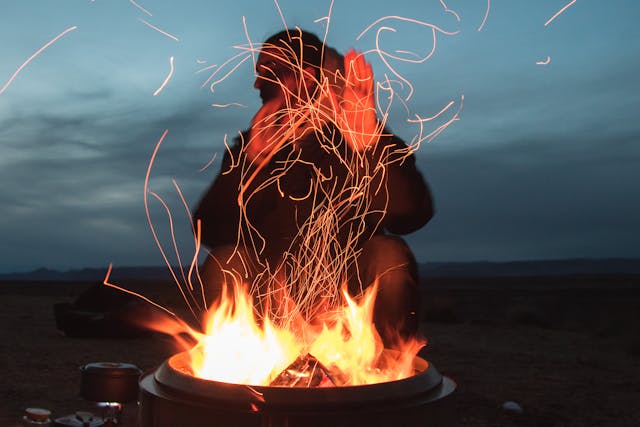
Bushcraft Fireplaces: Crafting the Perfect Fire Pit for the Wild
Bushcraft Fireplace: How to Build the Perfect Fire Pit in the Wild A good campfire is more than just flames and heat. When you’re out…
-
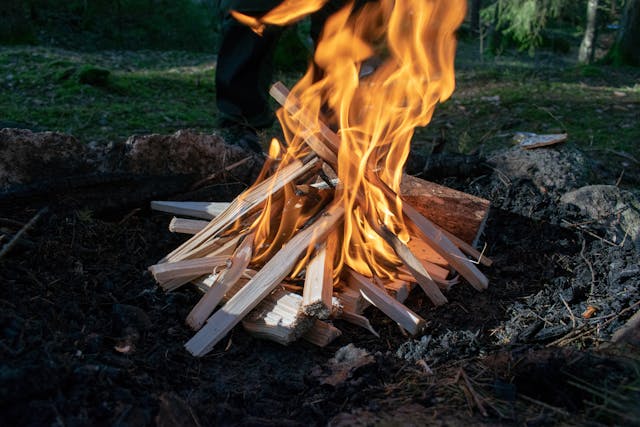
Bushcraft Fire Starters: Gear That Gets Your Fire Going Every Time
Bushcraft Fire Starter: Choosing the Best Tool for Reliable Fires When you’re out in the woods, knowing how to start a fire is more than…
-

Bushcraft Fire Plugs: The Quickest Way to Spark a Flame in Any Weather
Bushcraft Fire Plugs: The Quick and Reliable Way to Start a Fire When you’re out in the wild, there are few things as crucial as…
-

Rocket Stove Kits: Compact Cooking Power for the Outdoors
If you’ve spent any time camping or out in the bush, you know the importance of a reliable stove. Sure, cooking over an open fire…
-
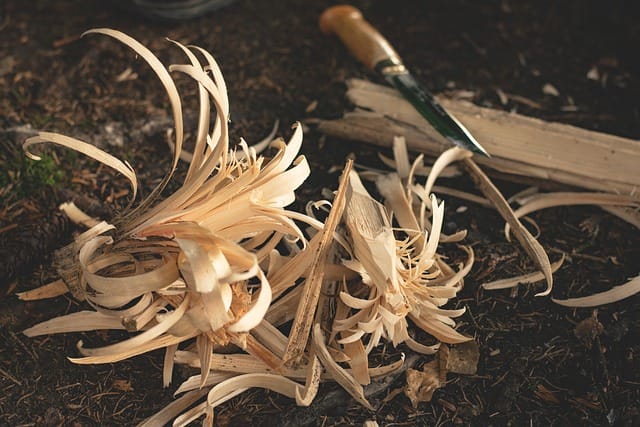
DIY Fire Starters: Cheap, Easy, and Reliable Ways to Spark a Flame
DIY Fire Starters: Simple and Reliable Methods You Can Make at Home Starting a fire in the wild isn’t always as easy as it looks,…
-
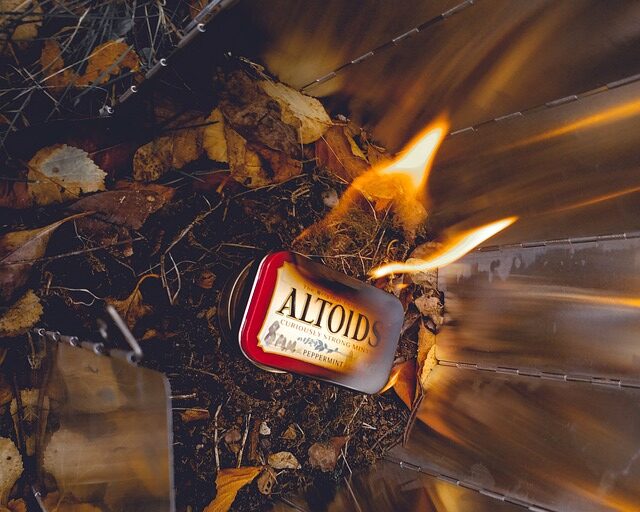
Bushcraft Fire Kit – Make It Hot
Creating the Ultimate Bushcraft Fire Kit A bushcraft fire kit is one of the most reliable tools you can carry when venturing into the wilderness.…
